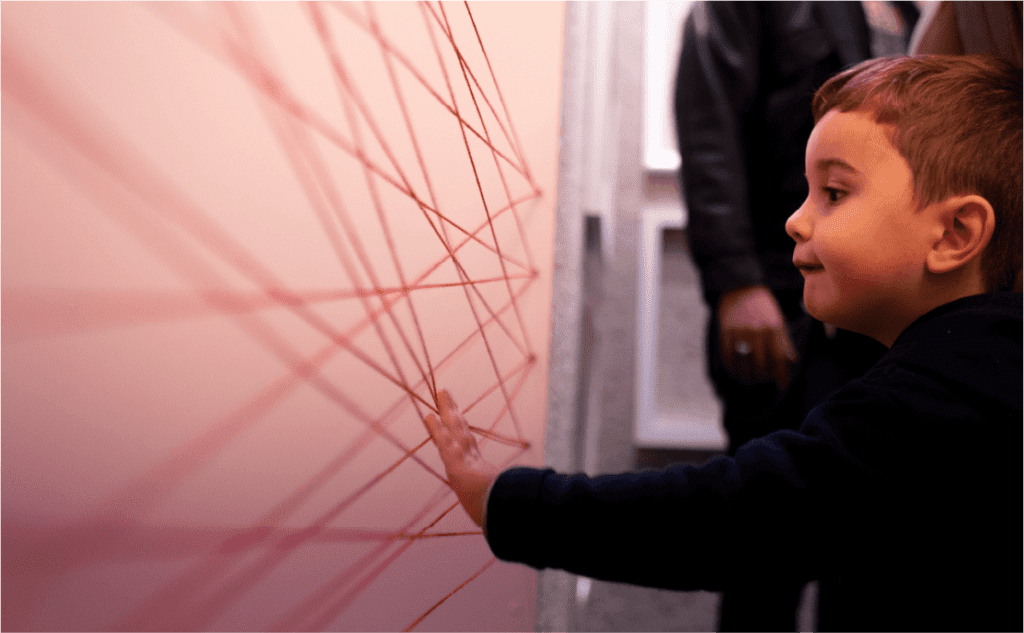It is crucial that culture be elevated to the level of priority in a society aiming to evolve.
Culture not only shapes our thinking, our way of seeing the world, but it also drives the economy: over six million people generate revenue equivalent to 3.11% of the Brazilian GDP*. And that is significant. We have a precise understanding of what it means. With each Montenegro project, a large number of individuals join us to materialize stages and achieve meaningful outcomes through cultural products.


Between 2012 and 2020, the GDP of the cultural sector increased more than the Brazilian GDP. During this period, the cultural industry grew by 78%, while the national economy advanced by 55%. The contribution of the cultural GDP to the country’s economy increased from 2.72% in 2012 to 3.11% in 2020*. In this last year, the creative economy contributed more to the country than the automotive industry, which produced 2.1% of the national wealth. The data comes from the “GDP of the Culture and Creative Industries Economy” platform of the Itaú Cultural Observatory. Access the complete research here.
It’s a combination of professionals from various fields, from design to lighting, encompassing researchers, communicators, architects, photographers, cinematographers, artists, assemblers, scenographers, among many others depending on the core of each initiative we promote. The diversity is such that we end up expanding our own repertoire – because each person or company that joins brings knowledge, different perspectives, and potentially innovative solutions.
Word from someone who’s at home
“I embraced playfulness, colors, and a connection with the relevant forms of flora and fauna, all represented through basic geometric shapes. When combined, these forms create more complex yet appealing figures, captivating the child’s universe and pleasing to the eye regardless of age.”
Caio Vitoriano, designer and creator of the project’s visual identity.


Projects like CASA DOS SENTIDOS and JARDIM DAS EMOÇÕES (Garden of Emotions) activate the creative value chain through fiscal incentives. As a potential future, the proposal unfolds as itinerant and replicable, yielding ramifications: more people involved, a broader audience impacted by art, and a construction grounded in sustainability.
